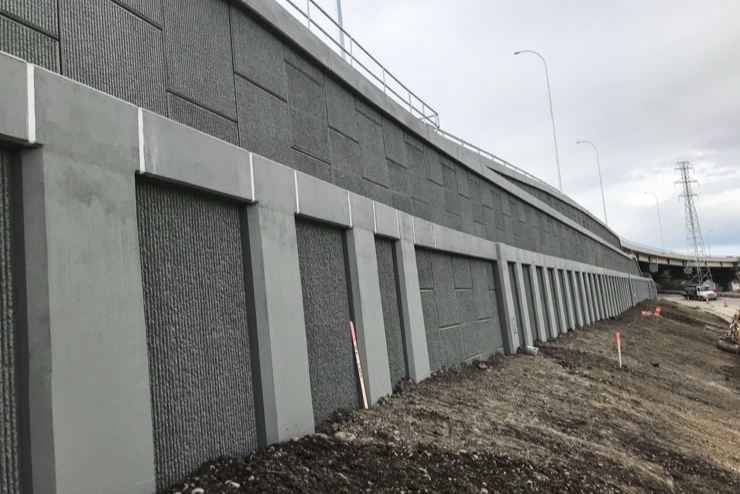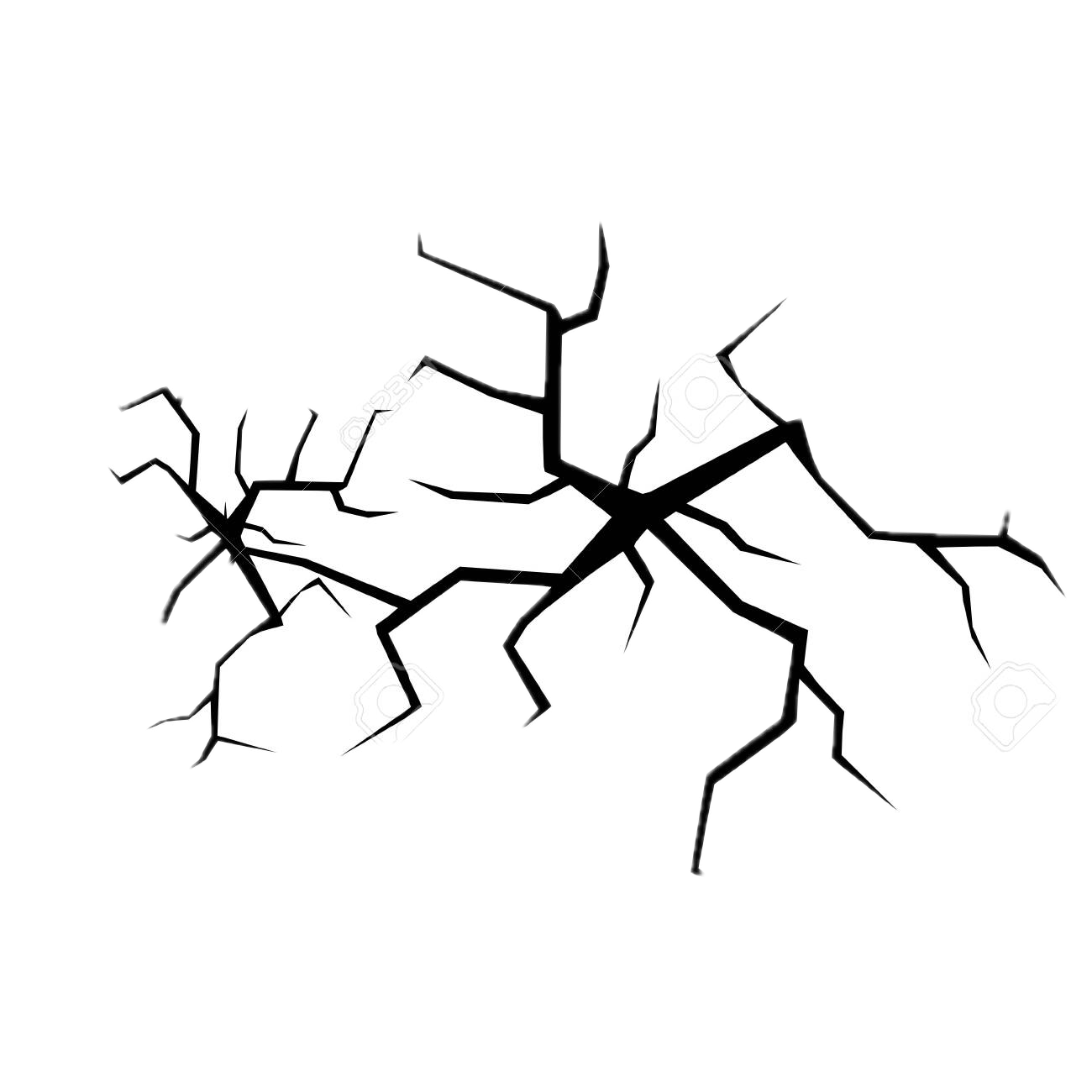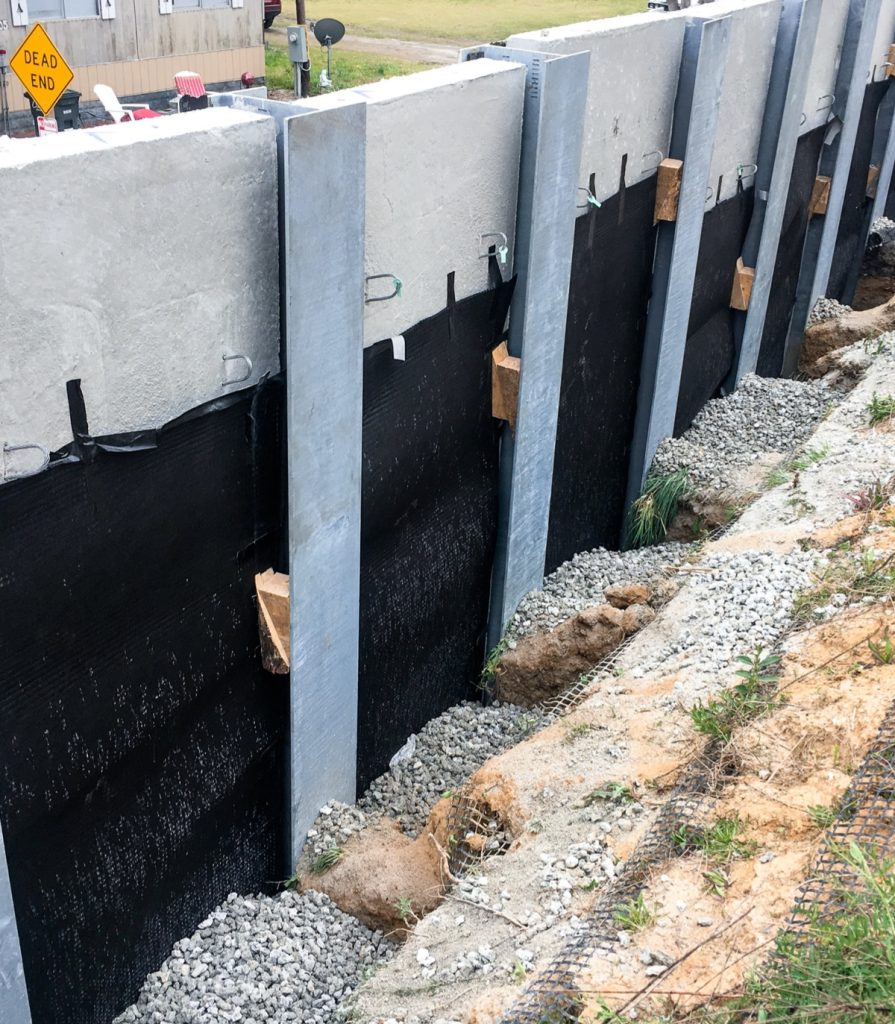Soldier Pile Wall Repair: Ensuring Structural Integrity and Longevity

Soldier pile walls are essential retaining structures used in construction to support deep excavations and hold back soil.
They’re commonly installed using vertical steel H-beams paired with timber, concrete, or steel lagging—making them strong, adaptable, and cost-effective in a variety of soil conditions.
Over time, these systems can experience wear or failure due to environmental stress, heavy loading, or poor drainage.
If left unaddressed, damage to the piles or lagging can compromise the wall’s performance and safety. Timely repairs help restore strength, prevent collapse, and extend the lifespan of the structure.
Understanding Soldier Pile Walls
Soldier pile walls consist of vertical steel piles (H-shaped beams) installed at regular intervals, with horizontal lagging materials placed between them to retain soil.
Common Issues Affecting Soldier Pile Walls
Identifying prevalent problems can aid in early detection and timely intervention.

Corrosion of Steel Piles
Common in block walls; indicates uneven settling or lateral soil pressure.

Degradation of Lagging Materials
Timber lagging may rot over time, while concrete or steel lagging can crack or corrode, compromising the wall's integrity.

Soil Movement or Erosion Behind the Wall
Improper drainage or changes in soil conditions can cause pressure buildup or voids behind the wall, leading to displacement or bowing.

Anchor or Tieback Failures
If used, these components can lose tension or corrode, reducing the wall's lateral support.
Professional Solutions for Soldier Pile Wall Repair
Addressing soldier pile wall issues requires tailored solutions based on the specific problem and its severity.

Steel Pile Reinforcement or Replacement
Corroded sections can be reinforced with welded plates, or severely damaged piles may be replaced to restore structural capacity.

Lagging Repair or Replacement
Deteriorated lagging materials can be replaced with new timber, concrete panels, or steel plates to ensure effective soil retention.

Soil Stabilization and Erosion Control
Implementing proper drainage solutions and soil stabilization techniques can prevent further soil movement and reduce pressure on the wall.

Anchor or Tieback Rehabilitation
Inspecting and retensioning or replacing anchors and tiebacks can restore the necessary lateral support to the wall.
Preventative Measures to Maintain Soldier Pile Wall Integrity
Proactive steps can extend the lifespan of soldier pile walls and minimize future repair needs.

Regular Inspections
Conduct periodic assessments to identify and address minor issues before they escalate.

Proper Drainage Maintenance
Ensure that drainage systems are functioning correctly to prevent water accumulation behind the wall.

Protective Coatings for Steel Components
Applying corrosion-resistant coatings can shield steel piles and anchors from environmental damage.

Vegetation Management
Control plant growth near the wall to prevent root intrusion and additional pressure on the structure.

FAQs About Block & Concrete Wall Repair
Soldier pile walls are typically used for earth retention in deep excavations, slope stabilization, and supporting structures adjacent to construction sites.
With proper maintenance and depending on environmental conditions, soldier pile walls can serve effectively for several decades.
They are versatile and can be adapted to various soil conditions, but the design may need to be adjusted based on specific geotechnical properties.
Common lagging materials include timber, precast concrete panels, steel plates, and shotcrete.
Yes, when designed appropriately and constructed with durable materials, they can serve as permanent retaining solutions.
Water accumulation behind the wall increases hydrostatic pressure, which can lead to structural issues if not properly managed through drainage systems.
Homes Secured
Successful Projects
Years of Experience
Specialized Services
Trusted Locally. Built Personally.
Proudly serving Colorado with foundation solutions tailored to your home.
© 2025 The Foundation Guys. All Rights Reserved.
- Privacy Policy
- Terms & Conditions
- Accessibility

Book Your Appointment Today!
Complete this form to have a The Foundation Guys representative reach out to you today.
By clicking submit, you agree to receive marketing and informational calls and texts, including autodialed or prerecorded calls/texts, to the telephone numbers that you provide, including any mobile number, from or on behalf of The Foundation Guys. Consent is not a condition of purchase. Message and frequency may vary. Message and data rates may apply. Text HELP for help and STOP to unsubscribe. For more information, please review our Privacy Policy and Terms and Conditions.
